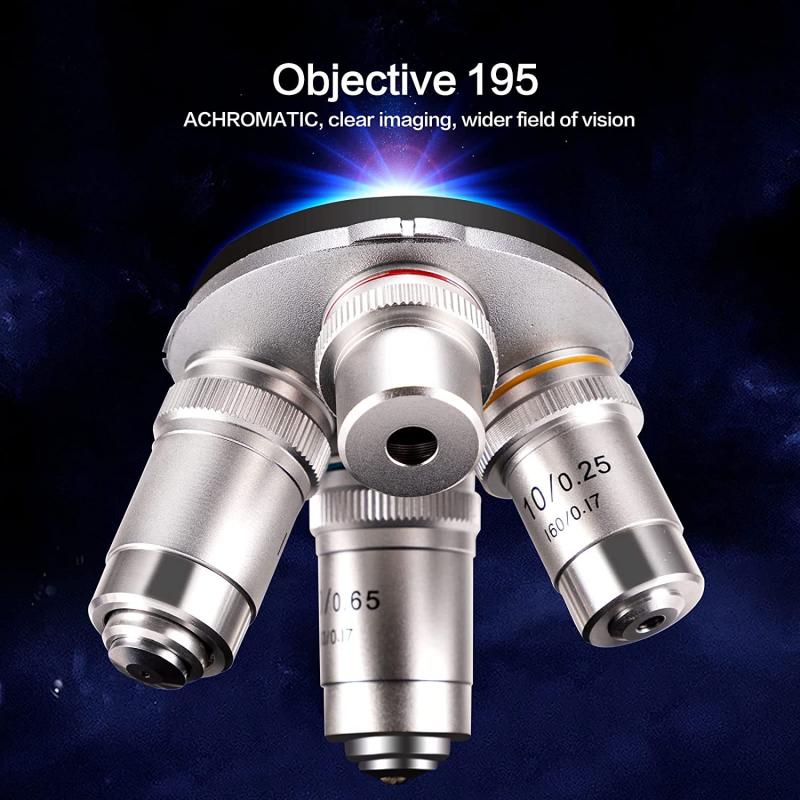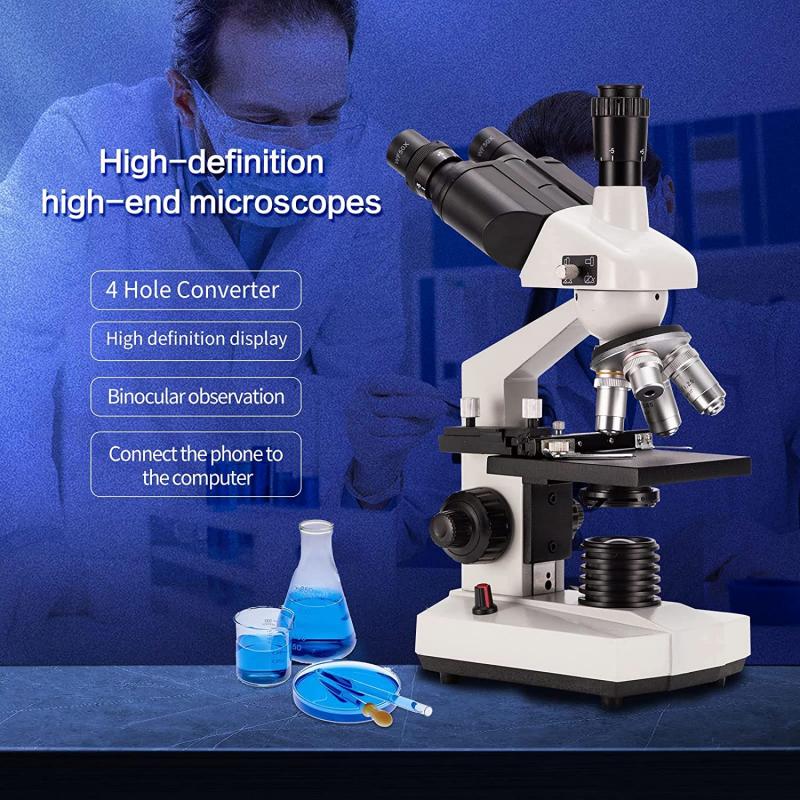What Does Plaque Look Like Under A Microscope ?
Plaque under a microscope appears as a yellowish or grayish film that covers the surface of teeth. It is composed of a complex mixture of bacteria, food particles, and other substances that accumulate on the teeth over time. When viewed under a microscope, the bacteria in plaque appear as small, rod-shaped or spherical cells that are tightly packed together. The bacteria produce a sticky substance called extracellular polymeric substance (EPS), which helps to hold the plaque together and attach it to the tooth surface. Plaque can also contain other microorganisms, such as fungi and viruses, as well as dead cells and debris from the mouth. Over time, if plaque is not removed through regular brushing and flossing, it can harden into tartar, which can only be removed by a dental professional.
1、 Biofilm formation
Plaque is a sticky film that forms on teeth and is composed of bacteria, food particles, and saliva. When plaque is not removed through regular brushing and flossing, it can harden into tartar and lead to tooth decay and gum disease. Under a microscope, plaque appears as a dense, complex community of microorganisms that are embedded in a matrix of extracellular polymeric substances (EPS). The EPS is produced by the bacteria and serves as a protective barrier against antimicrobial agents and host defenses.
Biofilm formation is the process by which bacteria attach to surfaces and form a community that is enclosed in a matrix of EPS. This process is essential for the survival and persistence of bacteria in various environments, including the oral cavity. Recent research has shown that biofilm formation is a dynamic process that involves complex interactions between the bacteria and their environment. The formation of biofilms is influenced by factors such as pH, temperature, and nutrient availability.
In the case of dental plaque, biofilm formation is initiated by the attachment of bacteria to the tooth surface. The bacteria then begin to produce EPS, which allows them to adhere to the tooth and to each other. As the biofilm matures, it becomes more complex and resistant to antimicrobial agents. This can lead to the development of periodontal disease, which is characterized by inflammation and destruction of the tissues that support the teeth.
In conclusion, plaque under a microscope appears as a dense community of microorganisms embedded in a matrix of EPS. Biofilm formation is a dynamic process that is essential for the survival and persistence of bacteria in the oral cavity. Understanding the mechanisms of biofilm formation and the factors that influence it is crucial for the development of effective strategies for the prevention and treatment of dental plaque and periodontal disease.

2、 Bacterial colonization
What does plaque look like under a microscope? Plaque is a biofilm that forms on teeth and is composed of a complex community of microorganisms, including bacteria, fungi, and viruses. When viewed under a microscope, plaque appears as a dense, sticky mass of microorganisms that are tightly bound together by a matrix of extracellular polymeric substances (EPS).
The bacterial colonization within plaque is the primary cause of dental caries and periodontal disease. The latest point of view suggests that the composition of the bacterial community within plaque is highly dynamic and can change rapidly in response to environmental factors such as diet, oral hygiene, and antibiotic use.
Recent studies have shown that certain species of bacteria, such as Streptococcus mutans and Porphyromonas gingivalis, are particularly important in the development of dental caries and periodontal disease. These bacteria produce enzymes that break down the sugars in food, producing acid that can erode tooth enamel and cause cavities. They also produce toxins that can damage the gums and lead to inflammation and infection.
In addition to bacteria, plaque also contains other microorganisms such as fungi and viruses. These microorganisms can interact with the bacterial community within plaque, influencing its composition and contributing to the development of dental disease.
In conclusion, plaque is a complex biofilm composed of a diverse community of microorganisms that can change rapidly in response to environmental factors. Bacterial colonization within plaque is the primary cause of dental caries and periodontal disease, and certain species of bacteria are particularly important in this process. Understanding the composition and dynamics of plaque is essential for developing effective strategies to prevent and treat dental disease.

3、 Extracellular matrix production
What does plaque look like under a microscope? Plaque is a complex structure that is composed of various components, including bacteria, extracellular matrix, and host cells. When viewed under a microscope, plaque appears as a dense, sticky mass that is often attached to the surface of teeth or other hard surfaces in the oral cavity.
One of the key components of plaque is the extracellular matrix, which is produced by the bacteria that inhabit the plaque. The extracellular matrix is a complex mixture of proteins, polysaccharides, and other molecules that provide a scaffold for the bacteria to attach to and grow on. The extracellular matrix also helps to protect the bacteria from the host immune system and from antimicrobial agents.
Recent research has shed new light on the role of extracellular matrix production in plaque formation. Studies have shown that certain bacteria in the oral cavity are particularly adept at producing extracellular matrix, and that this ability is linked to their ability to form biofilms. Biofilms are complex communities of bacteria that are embedded in a matrix of extracellular material, and they are thought to play a key role in the development of many chronic infections, including dental caries and periodontal disease.
Overall, the study of plaque under a microscope has revealed a complex and dynamic ecosystem that is shaped by the interactions between bacteria, host cells, and extracellular matrix. Understanding these interactions is critical for developing new strategies to prevent and treat oral diseases.

4、 Inflammatory response
Plaque is a buildup of substances, including cholesterol, fat, and calcium, on the walls of arteries. When viewed under a microscope, plaque appears as a thick, yellowish substance that can obstruct blood flow and increase the risk of heart disease and stroke.
Recent research has shown that plaque is not just a passive buildup of substances, but rather an active participant in the inflammatory response. Plaque contains immune cells, such as macrophages, that release inflammatory molecules and enzymes that can damage the artery walls and promote further plaque formation.
The inflammatory response is a complex process that involves various cells and molecules in the body's immune system. When the body detects an injury or infection, immune cells are activated to fight off the threat. In the case of plaque buildup, the immune cells are triggered by the presence of cholesterol and other substances in the artery walls.
However, chronic inflammation can also contribute to the development and progression of plaque. Inflammation can weaken the artery walls and make them more susceptible to damage from plaque buildup. It can also promote the formation of blood clots that can block blood flow and cause a heart attack or stroke.
Therefore, reducing inflammation in the body may be an important strategy for preventing and treating heart disease. Lifestyle changes, such as a healthy diet and regular exercise, can help reduce inflammation. Medications, such as statins and anti-inflammatory drugs, may also be prescribed to lower inflammation and reduce the risk of heart disease.






























There are no comments for this blog.